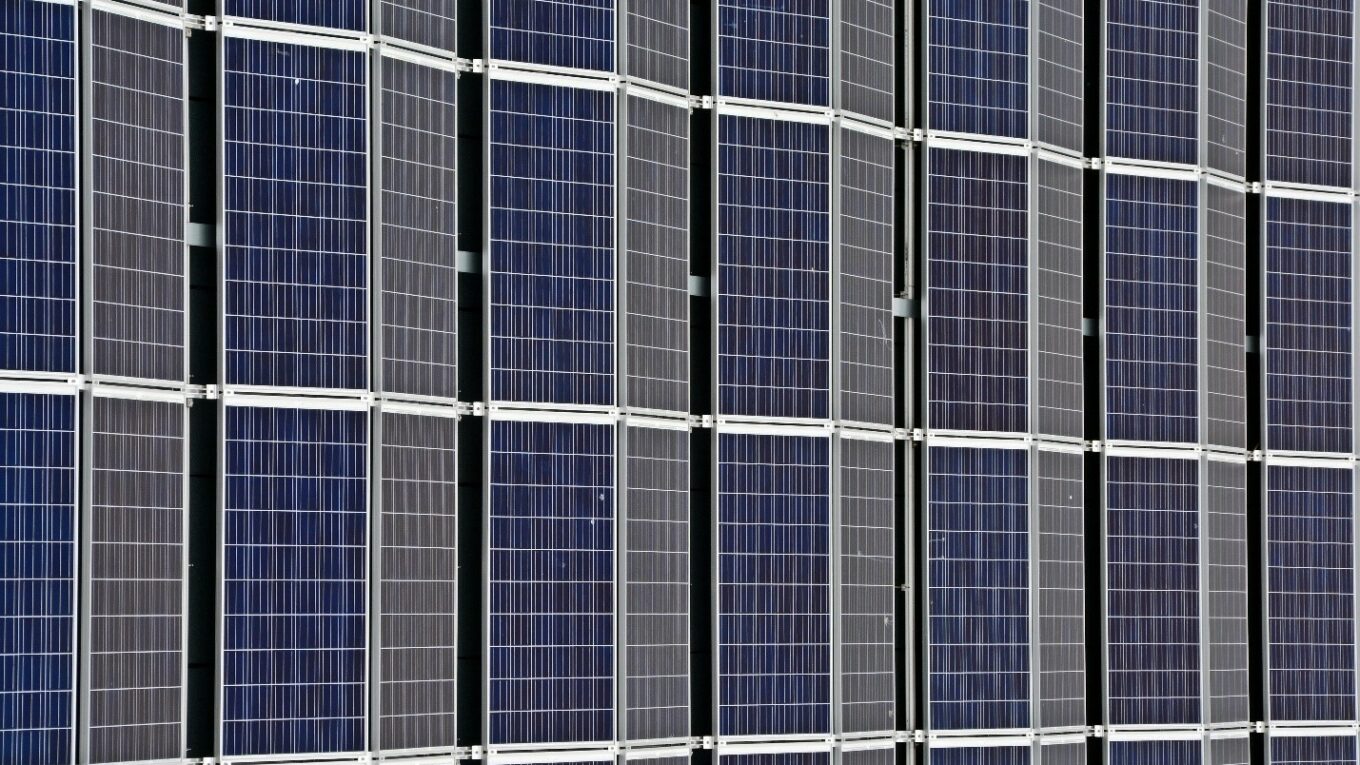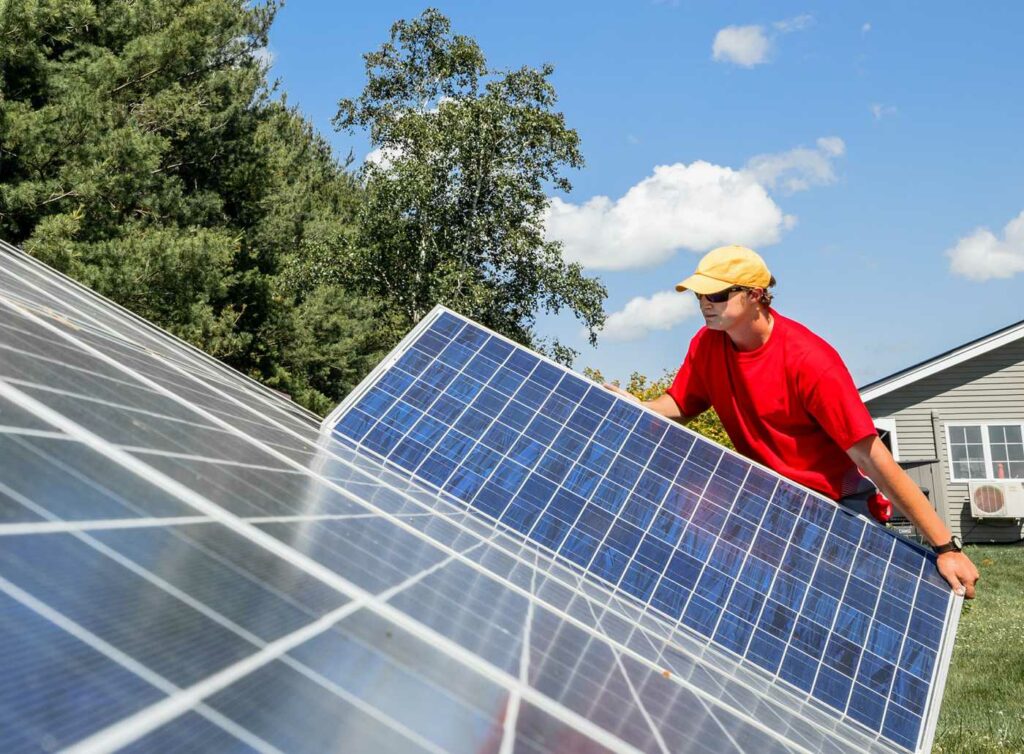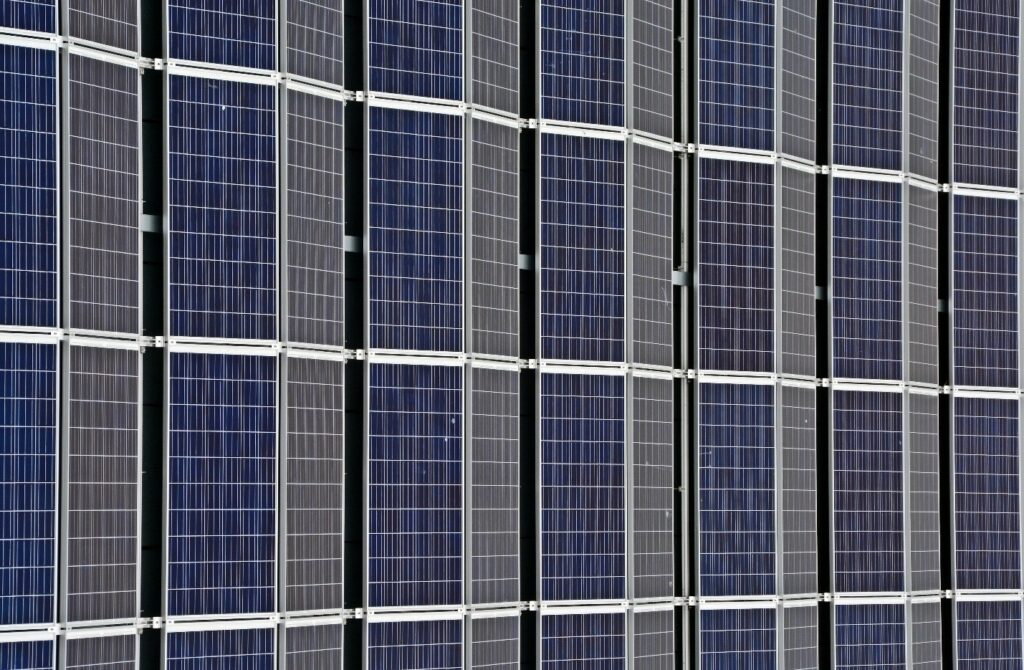Solar Power Systems – Working Principle and Benefits
Solar power systems have emerged as a viable and attractive energy solution in a world increasingly focused on sustainability and reducing carbon footprints. By converting sunlight into electricity, these systems provide a renewable, clean, and efficient source of power for homes and businesses alike. But how do they work, and what are the key benefits of investing in solar power?
What are Solar Power Systems
A solar power system consists of several key components: solar panels, an inverter, a battery storage unit, and a monitoring system. Solar panels, typically installed on rooftops, are made up of photovoltaic (PV) cells that capture sunlight and convert it into direct current (DC) electricity. Since most household appliances use alternating current (AC), the inverter’s role is to convert DC into usable AC power.
Battery storage units allow excess energy to be stored for later use, ensuring a continuous power supply even when the sun isn’t shining. Finally, a monitoring system tracks the performance of the solar power system, providing real-time data on energy production and consumption.
The Benefits of Solar Power Systems
One of the most significant advantages of solar energy systems is their environmental impact. By harnessing solar energy, we can significantly reduce our reliance on fossil fuels, thereby decreasing greenhouse gas emissions and combatting climate change. Solar power is also a renewable resource, meaning it will never run out as long as the sun exists.
From a financial perspective, solar power systems can lead to substantial savings on energy bills. While the initial installation cost can be high, government incentives, tax credits, and rebates can offset these expenses, making solar power more accessible. Additionally, the energy produced by solar panels can lead to lower electricity bills, and in some cases, homeowners can even sell excess power back to the grid, further enhancing cost savings.
Getting Started with Solar Power
If you’re considering making the switch to solar power, start by assessing your energy needs and the suitability of your property for solar panel installation. Important factors such as roof orientation, shading, and local climate play crucial roles in the efficiency of a solar power system. Consulting with a professional solar installer can help you understand your options and design a system tailored to your specific requirements.
Research available incentives and financing options to make the investment more affordable. Many regions offer substantial financial support for solar power installations, which can significantly reduce upfront costs. Additionally, the long-term savings and potential increase in property value that a solar power system can provide should be considered.
Conclusion
Solar power systems are an excellent way to embrace renewable energy, reduce your carbon footprint, and save on electricity costs. By understanding how these systems work and the benefits they offer, you can make an informed decision about incorporating solar power into your home or business. As technology continues to advance and the world moves towards more sustainable energy solutions, solar power systems will undoubtedly play a crucial role in our energy future. So why not start harnessing the power of the sun today?



2 thoughts on “Solar Power Systems – Working Principle and Benefits”